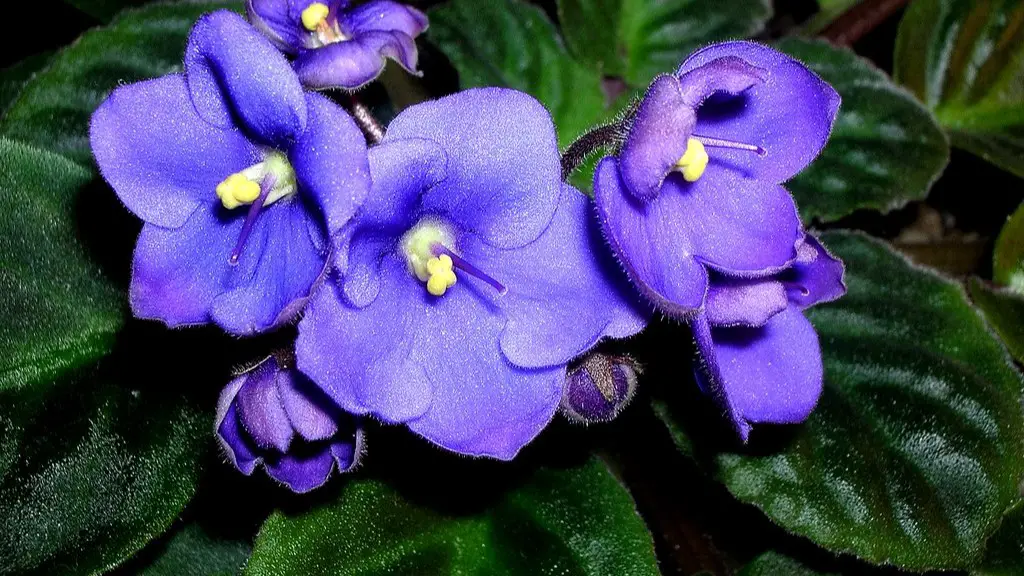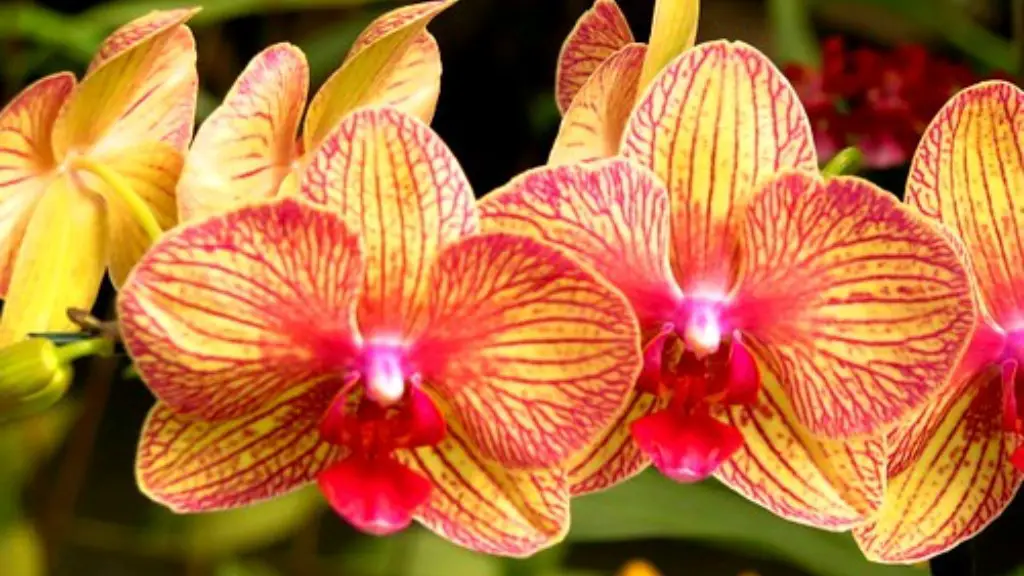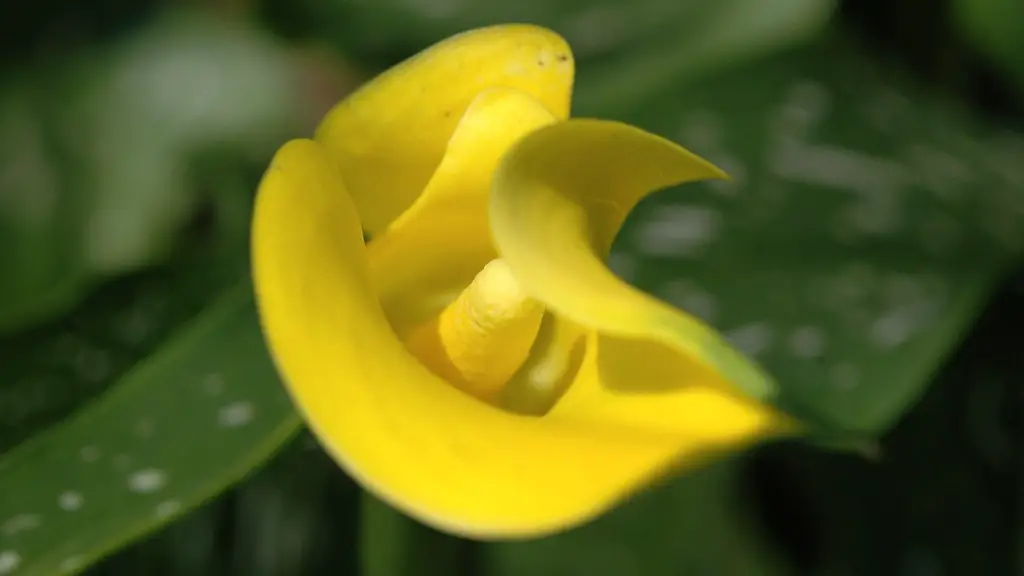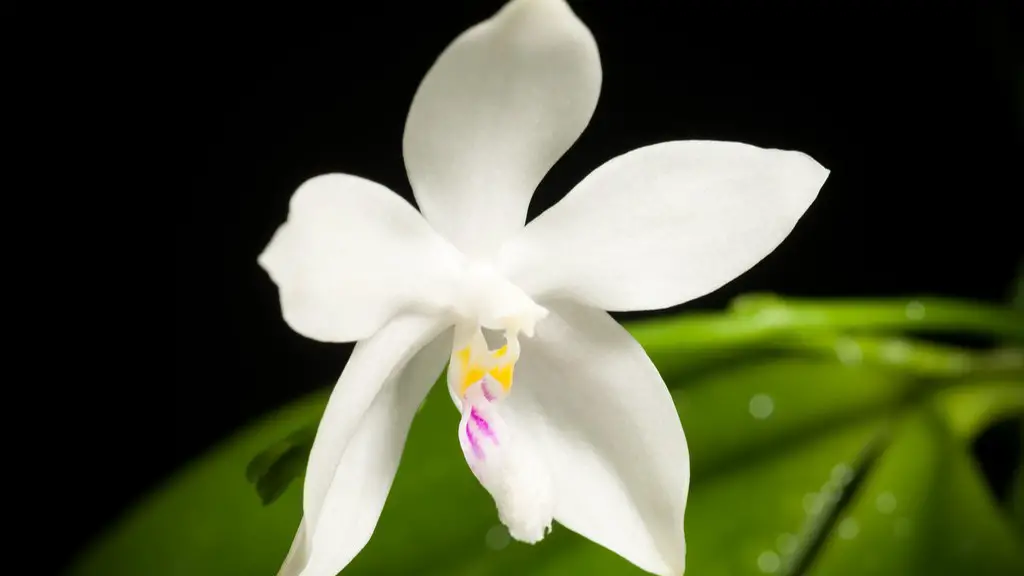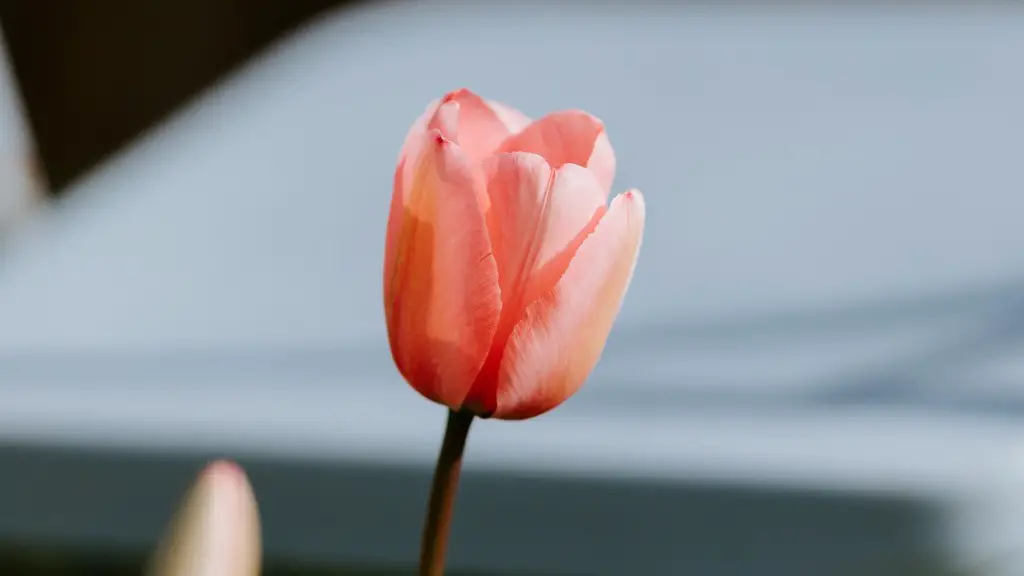An African violet is a species of flowering plant native to Tanzania and southeastern Kenya. They typically grow as small shrubs, reaching a height of 15–20 cm (6–8 in). The flowers are purple, violet, or white, with a yellow throat, and are borne singly or in clusters. African violets are popular houseplants, and have been cultivated since the 19th century. They are relatively easy to care for, and can live for many years with proper care.
African violets typically live for around five to seven years, though some may live for even longer.
How long does an African violet Last?
African violets are one of the most popular houseplants because they can bloom throughout the year with the proper care. Each flower will last for two to three weeks, and a healthy plant can continue producing new blossoms for 10 to 12 months out of the year.
African violets are beautiful houseplants that can add a splash of color to any room. Although they can be a little finicky, they are not difficult to care for if you know the key elements. Proper potting, light, water, and temperature are essential for a happy plant. With a little care, your African violet will thrive for years to come.
What is the life cycle of an African violet
African violets are long-lived plants, and with good care, they can last for up to 50 years! One important part of taking care of African violets is repotting them, and it’s important to know when and how to do this.
When repotting African violets, it’s important to use the right size of container and the right type of soil. The container should be just big enough to fit the root ball of the plant, and the soil should be light and well-draining.
To repot an African violet, start by gently removing the plant from its current pot. Carefully loosen the root ball and replant in the new pot, using fresh soil. Water well and then place the pot in a bright, indirect light.
Many successful growers of African Violets recommend repotting with fresh potting soil, twice a year or more. At the very least, an African Violet should be repotted whenever the plant becomes rootbound, ie, the Violet has outgrown its current pot to the extent that its roots are growing out and around the rootball.
How often should African violets be watered?
A wicking system is a great way to make sure your African violets are never over watered. The system works by drawing water up from a reservoir into the soil of the plant. This way, the plant can never be over watered because the roots are constantly being supplied with moisture.
Brushing leaves of African violets is not recommended because repeated brushing can decrease plant quality and size. The next time you are tempted to touch that pretty African violet in your kitchen window, remember — for a healthier plant, keep your hands off!
How do I make my African violet happy?
African violets need indirect sunlight, so a north- or east- facing window is best. Keep plants away from cold glass and rotate the pot once a week so all leaves receive light. Extend daylight by placing African violets under a grow light during winter months.
It is important to water African violets carefully, as they are susceptible to crown rot. Do not mist the foliage, as water on the leaves may cause permanent leaf spotting. Use room-temperature water, and be careful not to saturate the crown of the plant.
Where is the best place to put an African violet
If you want your plants to have the best color and blooms, grow them in bright, indirect light. A plant stand three feet away from a west- or south-facing window is an ideal location. Plants will still grow when situated right beside north- or east-facing windows, but leaves will be thin and spindly, and plants less likely to bloom.
African violets are a type of plant that can bloom nearly year-round. If you are able to provide the correct conditions, expect your African violets to bloom 10-12 months each year. Each bloom lasts for about 2-3 weeks.
What is so special about African violets?
African violets are one of the most popular flowering houseplants grown in the world today. There are many reasons for this: The plants generally flower the year round, giving an almost continuous display of blooms. They require the same temperatures humans find comfortable, making them easy to raise in our homes. African violets come in a wide range of colors, from deep purple to pale pink, and they are relatively easy to care for. With a little patience, anyone can grow these beautiful plants.
If you are growing amaryllis indoors, they prefer bright, indirect sun. Too little sunlight causes them to stretch for the light and produce few or no flowers; too much sun can burn the leaves. An east-facing window is ideal, especially with a sheer curtain to block the sun’s harshest rays. They also need eight hours of darkness every night.
Do African violets like big or small pots
When potting African violets, it is best to choose a pot that is on the smaller side. This will help the plant to stay slightly pot-bound, which is ideal for its growth. If you have a standard African violet plant, a good starter pot should be about 3-4 inches in diameter.
Terra cotta is an excellent choice for African violets because the porous material allows roots to breath better and prevents the soil from becoming waterlogged. African violet roots don’t go very deep; they prefer to spread out sideways, so choose a shallow pot. Make sure your pot has suitable drainage holes to allow you to water from underneath.
Is it better to root African violets in water or soil?
To root African violets in water, simply take a leaf from the plant and place it in a cup of water. Change the water every few days, and within a week or two, you should see roots forming on the leaf. Once the roots are a few inches long, you can carefully transplant the leaf into a pot of soil.
If you’re not sure about the quality of your tap water, it’s best to err on the side of caution and use filtered or distilled water for your African violets. Chlorine levels can fluctuate depending on the season, and in some areas tap water may have high levels of chlorine, chloramines, or dissolved solids. All of these things can adversely affect your African violets, so it’s best to use filtered or distilled water if you’re not sure about the quality of your tap water.
Warp Up
African violets typically live for several years, although their lifespan can vary depending on the individual plant. With proper care, an African violet can live for 5 to 10 years, or even longer.
African violets live for a long time. Some people say that they have had their African violets for over 20 years.

